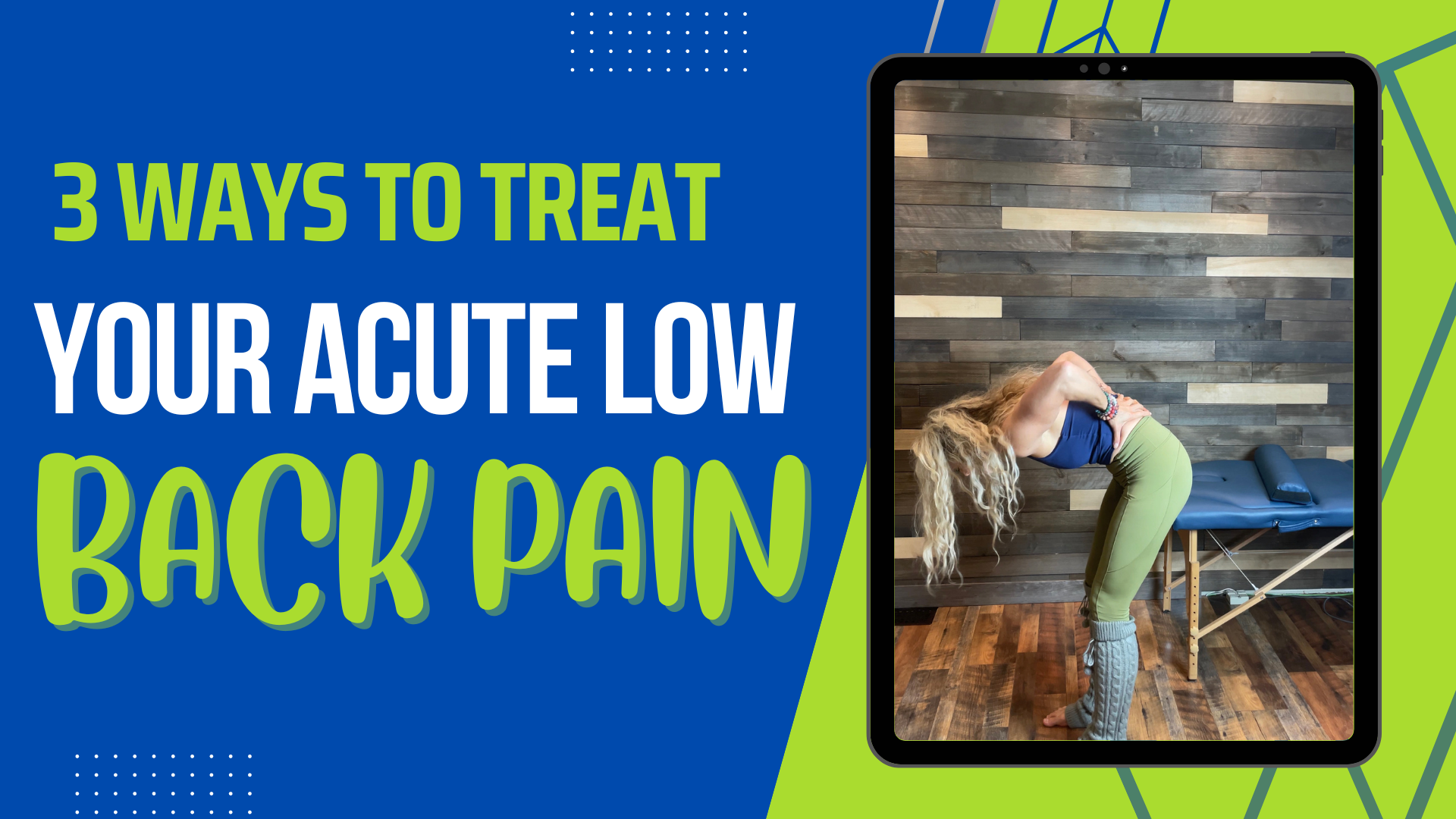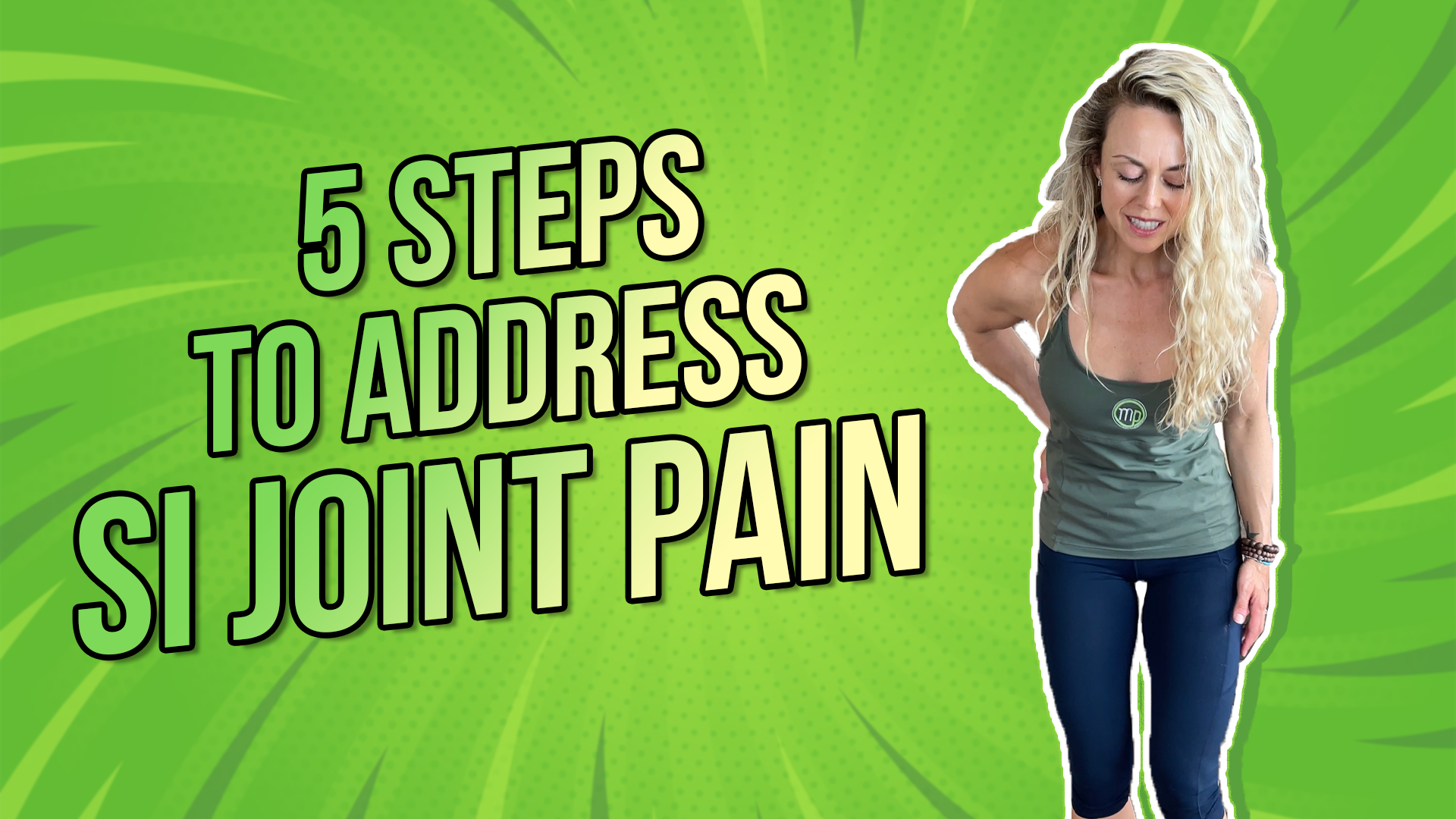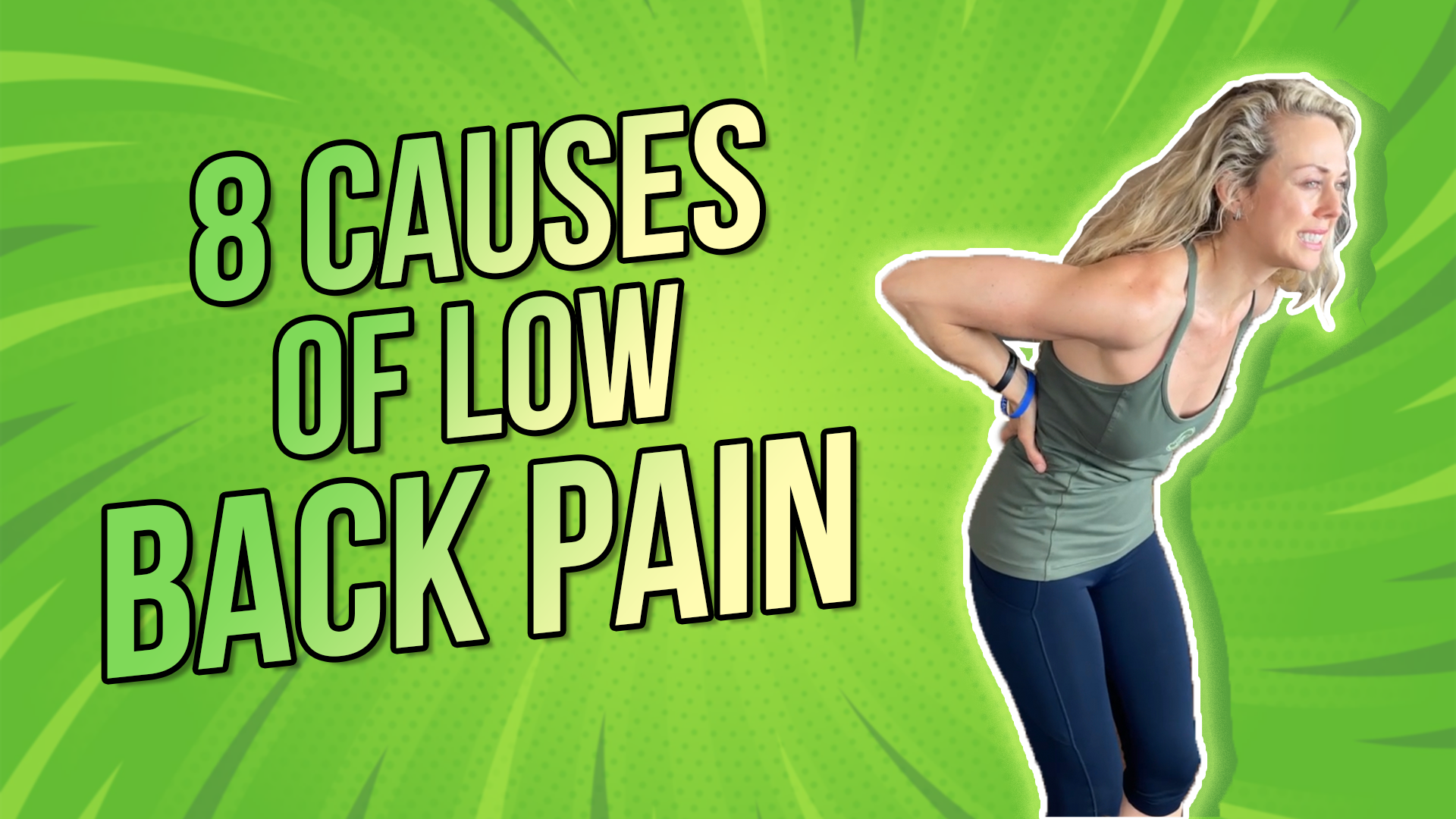Do you have acute low back pain, and you’re not sure what to do? Maybe you keep stretching over and over again without any relief? Whether you have pain with forward bending or backward bending, here are some things that you may want to consider to allow you to feel better quickly.
Rather watch or listen?
What you need to know about lower back pain
One in four people will experience low back pain, and approximately 80 percent of Americans will have low back pain at some point in their lives.
Let’s say that you bend over to simply pick up a pencil, and suddenly, you have excruciating low back pain. You feel like you can’t stand up. You don’t really know what to do. Well, oftentimes, people will ice, stretch, and rest. Sometimes they keep stretching, thinking that their back is tight and that, unfortunately, will just continue to make things worse.
Conversely, let’s say that you bend back, and you realize that you get this jabbing pain in your low back. Once again, you perform stretches, perhaps in back bending or side bending. Unfortunately, that will make things worse.
What’s the number one thing you want to do when you have low back pain?
1. Movement
It is not rest; it is movement. You want to perform, at the minimum, light walking or movement around your home or office. Any prolonged position, like sitting or standing in one place, will increase your pain. Movement is number one, not rest—no lying on your back for a long time, no lying on your stomach for a long time, and no sitting for a long time.
2. Diaphragmatic breathing
Diaphragmatic breathing is a must regardless of how your back pain is presenting. Diaphragmatic breathing means you’re breathing in through the nose with the tongue resting at the roof of the mouth, gently touching the top teeth. The pressure that builds up from diaphragmatic breath goes all the way down to the base of the pelvic floor to create 360 degrees of pressure. Your vagus nerve runs right through the diaphragm. When you’re breathing diaphragmatically, this will stimulate the vagus nerve and release a neurotransmitter called acetylcholine, creating a relaxation response. This will ultimately decrease your pain. Try breathing with intention throughout the day. Taking at least three to ten deep breaths will be very effective in decreasing your overall pain.
3. Movement bias
Now, of course, there are always outliers to this rule. However, if you have pain with forward bending—you’ve reached down to touch your toes and feel excruciating pain—then you do not want to do any forward bending motions. For example, things like a child’s pose, a cat stretch, or sitting for a long time.
You want to think about doing most extension-based movements—lying on your stomach, crocodile breathing, or propping yourself up to a sphinx position onto your elbows.
If that feels comfortable, then go into a small press-up. Repeat and check out your painful pattern afterward to see if the pain has decreased. So, for example, re-test your toe touch, see if it feels less painful. If so, then you could continue those exercises throughout the day, especially with the acute low back pain.
Now, if you have pain with back bending and you feel good with forward bending, focus on forward bending. For example, you could start off in a child’s pose position. Then move to a cat position, rounding the spine, tucking from the pelvis, and breathing in that position. Lastly, you could even go into a standing forward fold.
Essentially, this works great for acute low back pain. Put simply, move towards what feels better and away from what’s causing pain. If you continue to move in a painful range, motor control is distorted, which affects timing, sequencing, and coordination of muscles.
When to do these exercises
Now, of course, this can apply to all low back pain if it seems appropriate, but these recommendations are specifically for acute pain.
If you’ve watched our videos or followed our blogs, you know that I’m going to encourage you to find the root cause of your pain. But in the short term, it’s really important to be able to treat it, manage it, and move on so that it does not turn into chronic low back pain.
Acute back pain is very easy to treat and can resolve quickly. You want to begin immediately, whether doing things like this yourself and/or seeing a qualified health professional to treat you.
If this is helpful, give it a like, give it a share, and of course, make sure to subscribe to our YouTube channel, The Movement Paradigm, for weekly tips on mindset, nutrition, and movement. If you need our help, whether virtual or in person, please reach out; we would love to help you.
Schedule your 15-minute discovery session here: https://p.bttr.to/3qHXz8i
If you are ready to take action now, schedule here. https://p.bttr.to/3Qu7wRd
Other things that might interest you:
What your pelvic floor has to do with your tight hips



